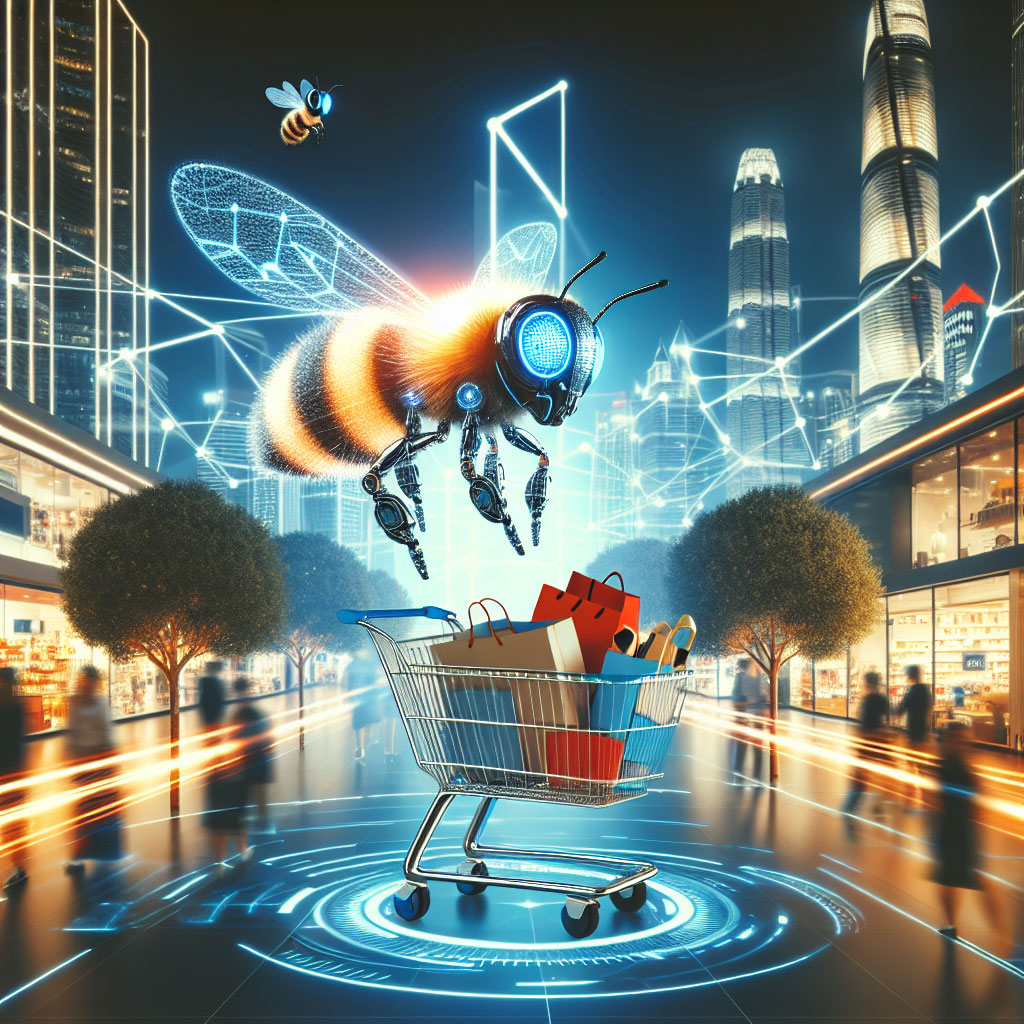
AI shopping bots are coming, and they’re set to shake up how we shop. These intelligent assistants can get to grips with what customers like, cut out middlemen, and level the playing field on prices — which means traditional retail could be in for a big shift.
Revolutionising the Retail Experience
The rise of AI shopping bots has revolutionized the online retail landscape, transforming how consumers interact with brands and make purchasing decisions. These intelligent bots utilize advanced algorithms and machine learning to provide personalized shopping experiences, from product recommendations to real-time customer support. By analyzing user behavior and preferences, AI shopping bots can suggest items that align with individual tastes, streamlining the decision-making process and enhancing customer satisfaction. Additionally, their 24/7 availability means that shoppers can access assistance anytime, breaking down barriers of traditional retail hours. As these AI tools continue to evolve, they promise to not only optimize the shopping experience but also to drive sales and efficiency for retailers, marking a significant shift toward more automated, data-driven commerce.
AI is on the brink of transforming the shopping landscape, and companies are racing to develop that game-changing app. We’re not quite there yet, but we can see it approaching fast. In recent months, there’s been a flurry of activity from major e-commerce players, leading payment firms, and AI tech companies, all jumping into the AI shopping bot arena. These bots can hunt for products, compare prices, read reviews, and even make purchases for customers.
When AI shopping bots become mainstream, they could turn retail on its head. Historically, retailers who knew how to manage inventory well or connect online searches to their products thrived. But AI agents turn that thinking upside down. They dive deeper into customer preferences, skip over the middlemen, eliminate pricing quirks, and take care of the tedious bits of shopping. This shift hits especially hard for marketplaces and loyalty programs, which rely heavily on offering a wide range of products and value. Who genuinely wants to wade through confusing marketplaces when they don’t need to? And how enticing is a loyalty program’s discount if an AI bot can consistently find a better deal or even its own rewards system?
However, these bots do have their weaknesses. If customers lose trust due to data breaches or privacy issues, the appeal of these shopping assistants could quickly fade. So, what does this mean for retailers? The key takeaway is that offering great value has never been more crucial. With digital-first companies leading the charge in creating AI bots, traditional retailers might struggle to keep up. This means it’s essential to focus on providing real value. Since an AI agent can choose from countless options, price and value will often be the tipping points for customers. Getting products into the market at competitive prices will help ensure they catch customers’ attention. This could favour discount retailers while putting mid-tier businesses at severe risk. Plus, any price wars are likely to squeeze profit margins across the board.
Embracing AI for Enhanced Customer Experience and Competitive Strategy
Larger retailers, however, can invest in personalisation, effective search capabilities, or agent-driven websites to enhance the customer experience within their own realms. They might consider partnerships, strengthen loyalty programs, or offer high-quality items to retain customers tempted by AI shopping bots. There’s also a possibility of an agent-to-agent economy where a retailer’s assistant can connect and collaborate with customers’ shopping bots. This could let retailers offer curated ranges and more flexible pricing to stay competitive. A marketing strategy overhaul is also on the cards. As AI agents gain traction, new promotional avenues will pop up (like priority placement in virtual shopping baskets). Depending on their goals, retailers might need to shift marketing budgets away from traditional media. As for physical stores, they cannot stay stagnant. They’ll likely integrate AI into their multichannel strategies but must also bring something new to the table.
In a world driven by digital convenience, brick-and-mortar shops should aim to provide experiences that entertain and surprise shoppers who decide to visit in person. This evolution could also breathe new life into loyalty programs. These programs face both challenges and opportunities with the rise of shopping agents, as their value often lies in mixing online and offline transactions. This blend can create a rich dataset that boosts the functionality of AI agents.
One route is to create their own AI agents. Many existing programs have valuable customer data and could be tempted to compete — especially with the right technology and last-mile delivery options. However, most loyalty programs are single-brand, which limits their potential to compete with AI agents that can scour multiple retailers. The other option is for loyalty programs to team up with the leading AI shopping bots. These programs can offer valuable perks: rewards and insights.
The understanding loyalty programs have about customer behaviours across both online and physical realms could hugely enhance AI agents’ relevance, while these programs would gain access to a fresh, valuable channel and potentially boost online interactions. The advent of AI shopping agents is a crucial moment for retailers. Customers are bound to embrace them once they realise how much time and money they can save.
To stay in the game, retailers cannot ignore this shift. They need to double down on value, step up their digital presence, welcome emerging AI agent channels, and find ways for loyalty programs to adapt and even improve the AI ecosystem.

